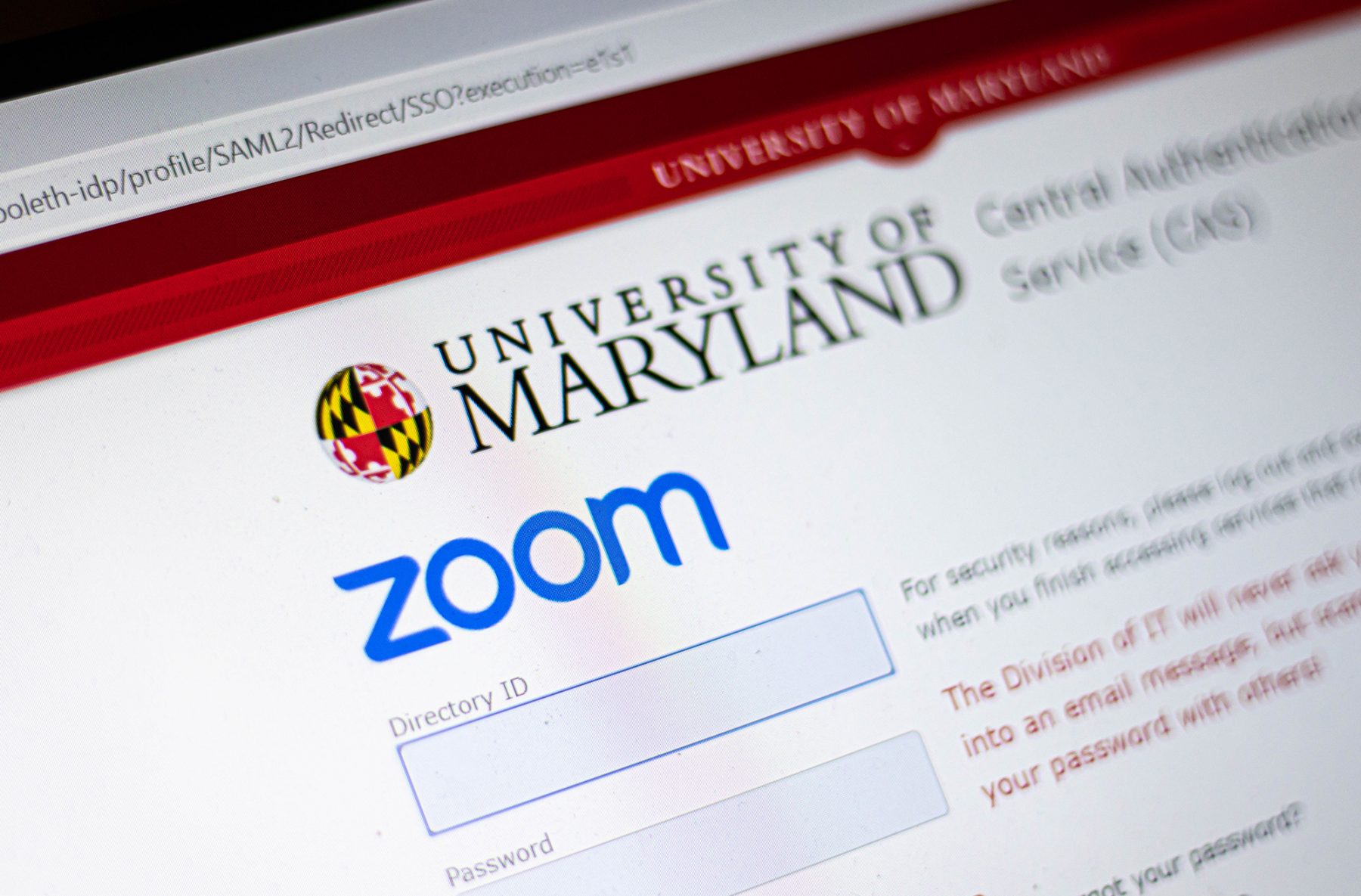Views expressed in opinion columns are the author’s own.
When the University of Maryland decided to move to primarily online learning this semester, university President Darryll Pines made a commitment to provide “a world-class education from the best faculty in the country.” With all the adverse circumstances and uncertainty we had going into this semester, this was an impressive statement.
Making a statement like that suggests the university’s administration was confident we would be able to overcome the challenge of providing high-quality education during a pandemic. Considering they made no adjustment to the tuition students were expected to pay, it is reasonable to expect they were committing themselves to not only a high standard, but a standard consistent with that of prior semesters.
With that in mind, now that we’re more than halfway through the semester, it’s time to ask: How well have online classes worked?
Students make an investment in their future when they decide to pursue higher education. Part of making that decision involves having an understanding that this education will actually prepare us for what comes after college. As we prepare for what looks like another semester of mostly online classes, it would be a mistake for the university to fail to provide information about how well online classes have gone and what adjustments could be made in the future.
This relatively rapid transition to online learning is very new, but this does not mean it is too soon to learn about its efficacy and impact on students. Researchers at the nonprofit National Bureau of Economic Research sought to address the question of how well students were learning online compared to prior semesters. In their analysis of seven economics courses taught at four institutions in the U.S., they found that though students generally performed worse in their first semester online, this effect was moderated by how well the instructor was able to foster an engaging and interactive experience. While this research does not generalize to all universities, it is an example of how a college or university like ours could use information to make improvements in the future.
Research like this would especially benefit new or incoming students. When incoming freshmen and transfer students look at what college or university they want to attend, they’re overwhelmed with different statistics showing why a particular school is the right choice. The University of Maryland, for example, provides its graduation rate, the rank of different academic programs and different figures showing how well alumni do after graduation. If this university demonstrated a similar effort in showing the efficacy of its online instruction, it could ease the concerns of those students who are uncertain about the value of a current college education.
Alternatively, if the transition to online education does not meet the standards of prior semesters, some students might consider taking a gap year. It is also possible that online education is more effective for some students than for others. Every student has their own learning preferences, and knowing how those preferences carry over to an online format could be crucial for those making decisions about the future of their education.
By not providing students with any information about the efficacy of online courses, students are forced to make important decisions about their education under conditions of significant uncertainty. Students have a vested interest in knowing the quality of their education, and they would undoubtedly benefit from any kind of assurance they are not wasting their time and money.
Evan Crum is a junior government and politics and psychology major. He can be reached at ecrum42@umd.edu.



